Book Review: “Death by Meeting”
Book: Death by Meeting by Patrick Lencioni
Reviewer: Bobby Powers
My Thoughts: 10 of 10
Lencioni is a masterful business storyteller. He's one of the only leadership authors who writes his books in a "fable" format: he tells you a fictional story that is similar to what happens in thousands of businesses every day, then unpacks the story with dozens of applicable business lessons. In my opinion, this is Lencioni's best book. Any company can use these lessons to immediately improve the effectiveness of their meetings.
What I Learned from the Book
Lencioni opens by saying it would be ridiculous for a baseball player to say they love their job except for playing in games or for a surgeon to say that they enjoy what they do except for operating on patients. And yet, that's exactly what business leaders do when they say they'd love their job except all of the meetings. Meetings are "game time" for a business leader. They're when real decisions get made.
Death by Meeting taught me to appreciate meetings for what they can be: powerful tools for discussion, strategy, and decision-making. Lencioni encourages readers to reclaim meetings (rather than hating them) and to use different types, durations, and frequencies of meetings for different things: brainstorming, discussing strategy, executing on tactics, etc.
Selected Quotes and Ideas from the Book
Meetings Are Critical
- "Think about it this way. For those of us who lead and manage organizations, meetings are pretty much what we do. After all, we're not paid for doing anything exceedingly tangible or physical, like delivering babies or kicking field goals or doing stand-up comedy. Whether we like it or not, meetings are the closest thing to an operating room, a playing field, or a stage that we have. And yet most of us hate them...How pathetic is it that we have come to accept that the activity most central to the running of our organizations is inherently painful and unproductive?"
- "All of this is an unnecessary shame because meetings are critical. They are where presidential cabinets discuss whether or not to go to war...where CEOs and their staffs consider the decision to launch a brand, introduce a product, or close a factory."
- "There is simply no substitute for a good meeting—a dynamic, passionate, and focused engagement—when it comes to extracting the collective wisdom of a team."
Common Traits of Bad Meetings
- They start late.
- People spend too long discussing tangents.
- There's no drama or debate. Everyone agrees with each other in false consensus or groupthink.
- Poor planning leads to less time spent on important items that are later in the agenda.
- Attendees leave demotivated and depressed rather than motivated and empowered.
- The meeting facilitator shares an unnecessary amount of detail/context.
- The meeting facilitator tries to accomplish too many things and none of them are adequately resolved.
- The meeting facilitator mixes tactical and strategic topics in the same meeting.
Lencioni acknowledges that there are HUGE issues in a lot of meetings. Some of those issues are summarized in the graphic below. But the solution isn't to eliminate meetings—it's to get a lot better at facilitating them.
Meetings Should Be More Interesting Than Movies
- Several times in the book, Lencioni compares meetings to television shows and movies.
- "What if I told you that meetings are inherently more interesting, more entertaining than movies?...Think about it this way. Movies and meetings are often approximately two hours in length, give or take twenty minutes or so...But a movie is a passive activity. You can't interrupt one of the actors with advice about what to do. And yet a meeting is completely interactive. Not only can you, but you're expected to provide input...And a movie is not relevant to our lives...But theoretically, meetings are completely relevant. The decisions that are made at the end of a meeting have a direct impact on how we spend our time and energy after we leave the room...So I would say that an interactive, relevant activity—a meeting—would be far more compelling than a passive, irrelevant one—a movie."
- One of the reasons why movies are interesting is that they're all based around conflict, and we need more conflict in meetings. Productive conflict is useful and pushes the conversation forward.
Mine for Conflict
- "Meetings are boring because they lack drama. Or conflict. This is a shame because most meetings have plenty of potential for drama, which is essential for keeping human beings engaged. Unfortunately, rather than mining for that golden conflict, most leaders of meetings seem to be focused on avoiding tension and ending their meetings on time...To make meetings less boring, leaders must look for legitimate reasons to provoke and uncover relevant, constructive ideological conflict."
- "Everyone, but especially you, as the leader of the group, needs to be looking for places where people have different opinions but aren't necessarily putting them out there. And when you see that, you need to force them to communicate what they're thinking until they've said all there is to be said. You need to be constantly mining for buried conflict."
- "The truth is, the only thing more painful than confronting an uncomfortable topic is pretending it doesn't exist."
- "[C]onsensus is usually not achievable. The likelihood of six intelligent people coming to a sincere and complete agreement on a complex and important topic is very low."
- "Regardless of what position people originally took, once the decision is made, everyone supports it. That's why it is critical that no one hold anything back during the discussion."
Use Different Types of Meetings for Different Things
- "Too many organizations have only one kind of regular meetings, often called a staff meeting. Either once a week or twice a month, people get together for two or three hours of randomly focused discussion about everything from strategy to tactics, from administrivia to culture. Because there is no clarity around what topics are appropriate, there is no clear context for the various discussions that take place. In the end, little is decided because the participants have a hard time figuring out whether they're supposed to be debating, voting, brainstorming, weighing in, or just listening."
- "The single biggest structural problem facing leaders of meetings is the tendency to throw every type of issue that needs to be discussed into the same meeting, like a bad stew with too many random ingredients."
- "To make our meetings more effective, we need to have multiple types of meetings, and clearly distinguish between the various purposes, formats, and timing of those meetings."
- Lencioni proposes that every organization should consider implementing four different types of meetings, explained in the graphic below:
"While it is true that much of the time we currently spend in meetings is largely wasted, the solution is not to stop having meetings, but rather to make them better. Because when properly utilized, meetings are actually time savers."
Want to learn more about how to run great meetings?
Check out this related article: 33 Tips for Leading Better Meetings.
Think you’d like this book?
Other books you may enjoy:
Other notable books by the author:
Want to become a stronger leader?
Sign up to get my exclusive
10-page guide for leaders and learners.
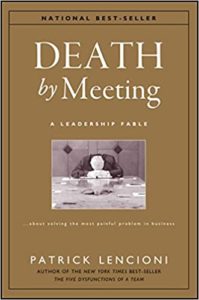

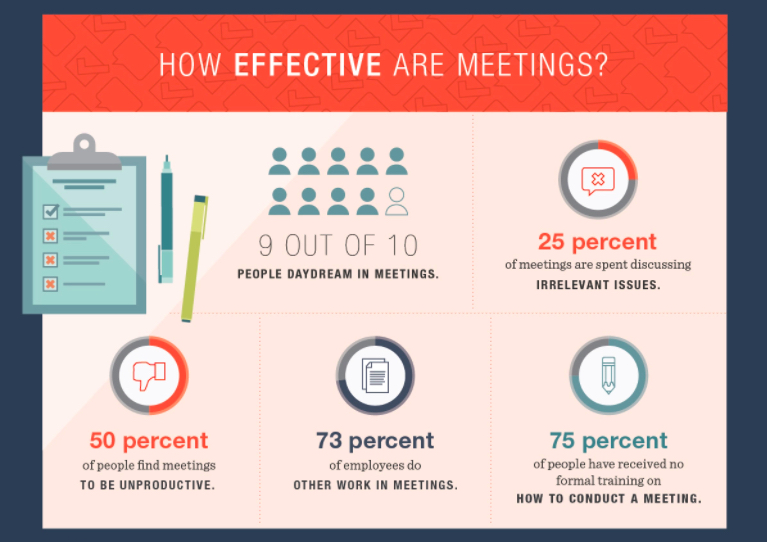
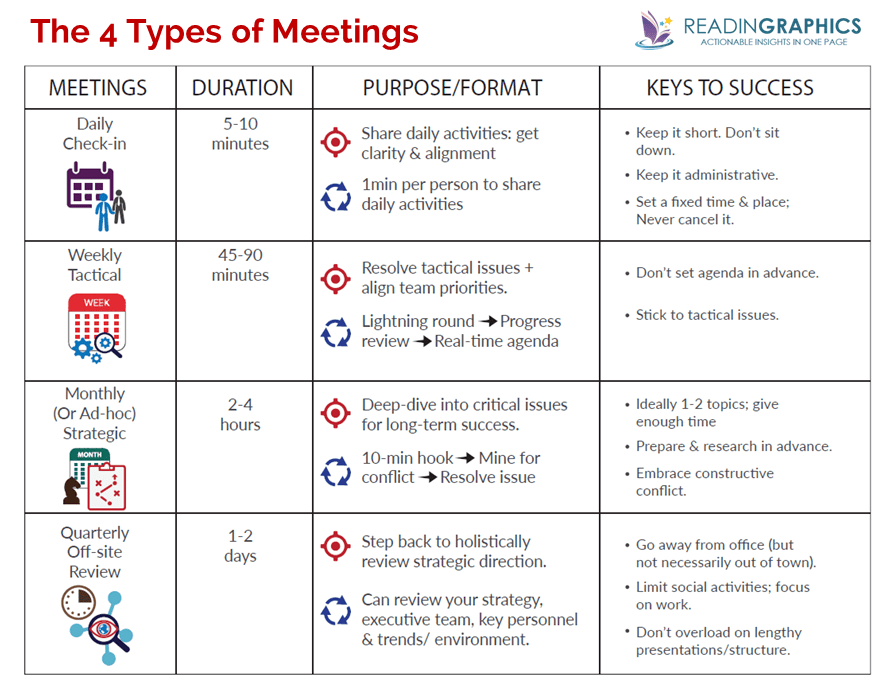
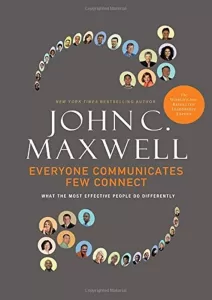
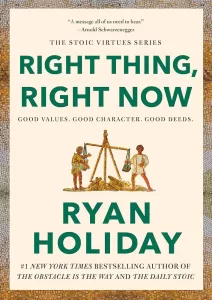
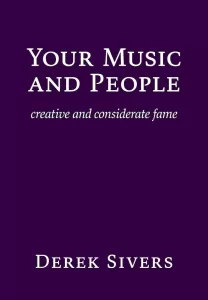
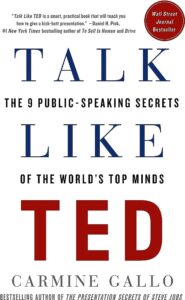
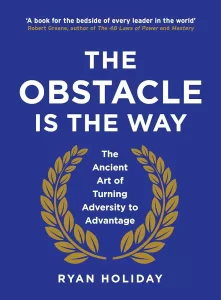
why I can’t subscribe
Oh, strange! I’m not sure why it’s not letting you subscribe. Sorry about that. I will manually add you to the email newsletter. Thanks Mohmad!